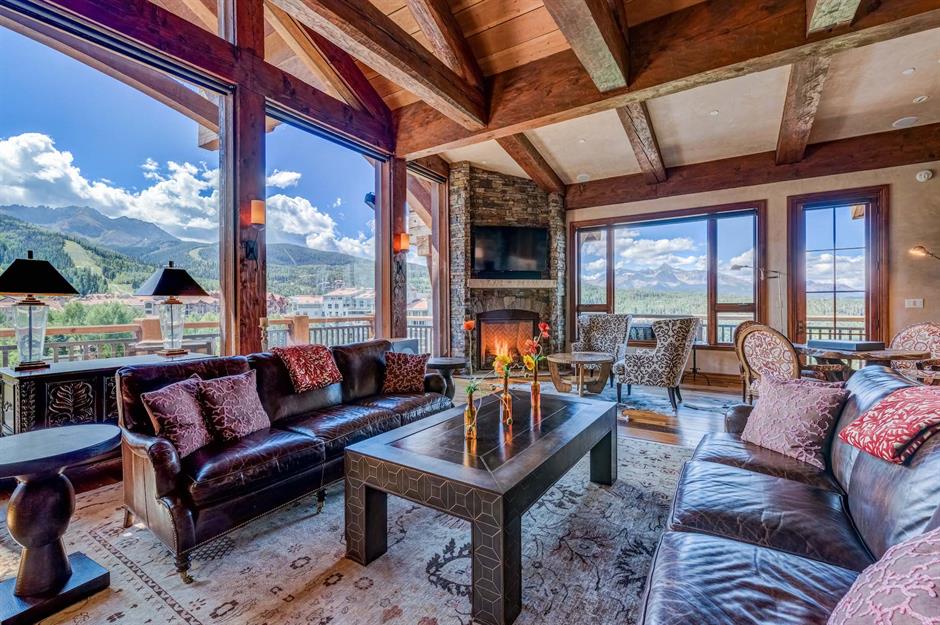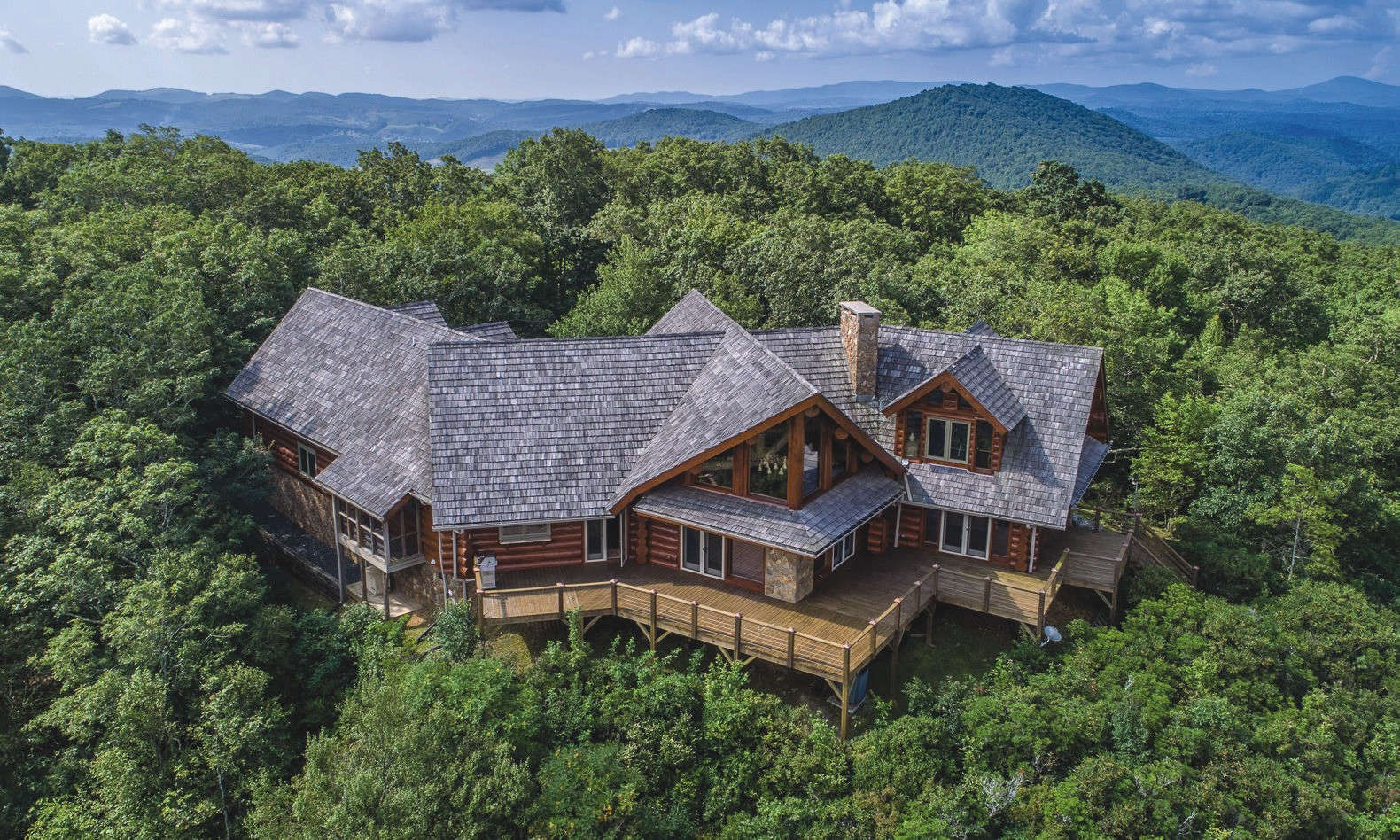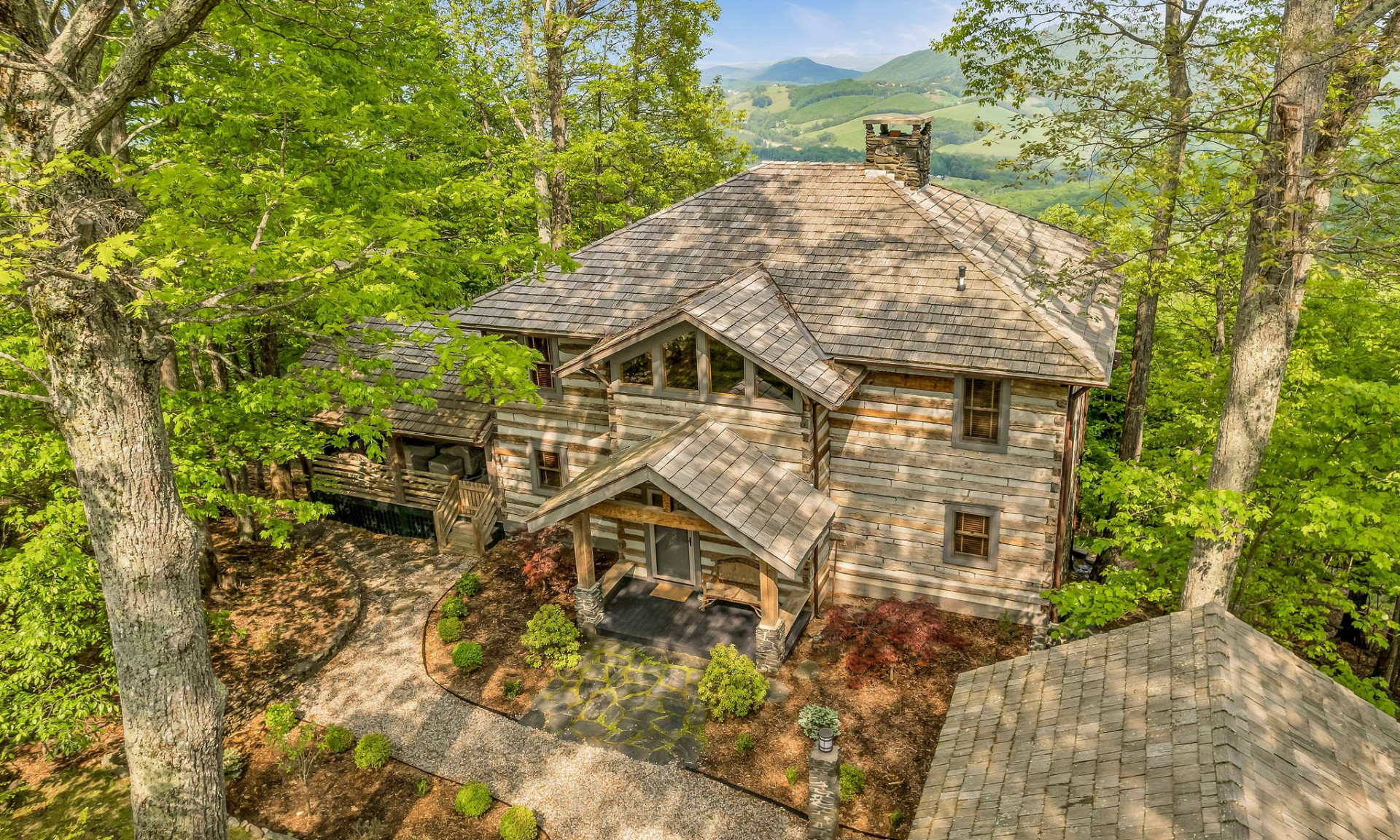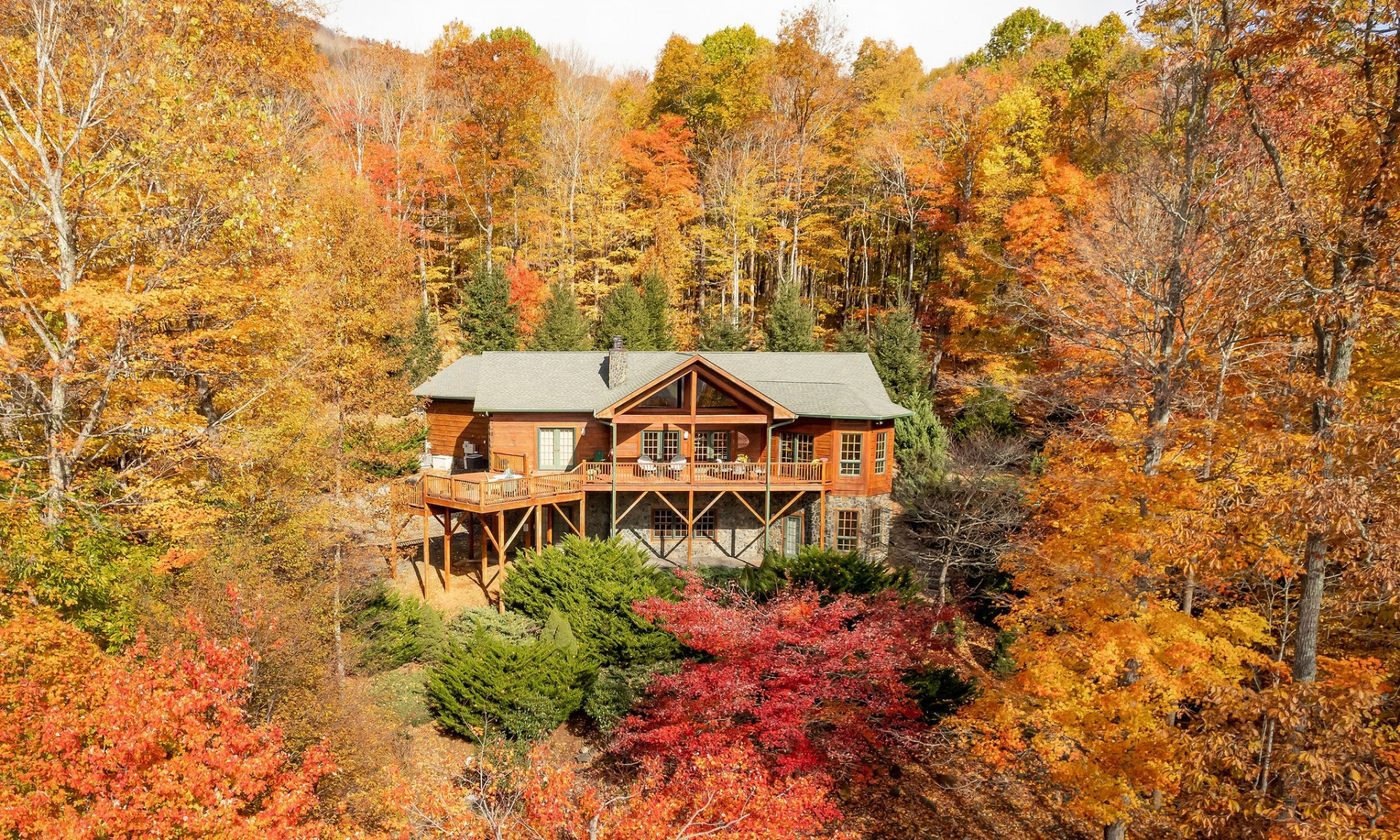Homes In The Mountains For Sale

The crisp mountain air, the panoramic vistas, and the promise of serene seclusion – these are the siren songs luring an increasing number of buyers to mountain homes. However, the dream of a mountain retreat is facing a stark reality: dwindling inventory, rising prices, and a complex interplay of economic forces that are reshaping the landscape of mountain real estate.
This article delves into the shifting dynamics of the mountain home market, examining the factors driving demand, the challenges facing prospective buyers, and the long-term implications for these unique communities. We'll explore regional variations, analyze data from industry experts, and consider the perspectives of both real estate professionals and the individuals seeking their slice of mountain paradise.
The Allure of Altitude: Demand Drivers
The surge in demand for mountain homes is multifaceted. The COVID-19 pandemic accelerated the trend, prompting many to seek refuge from densely populated urban centers.
Remote work opportunities have further fueled this migration, enabling individuals to relocate to areas offering a higher quality of life without sacrificing career prospects. Lower property taxes in some mountain regions compared to metropolitan areas also play a role.
Regional Hotspots and Market Variations
While the overall trend points toward increased demand, specific regions are experiencing particularly acute pressure. According to the National Association of Realtors (NAR), areas like the Rocky Mountains, particularly Colorado and Montana, have seen some of the most significant price appreciation in recent years.
Other popular destinations include the Appalachian Mountains, with areas in North Carolina and Tennessee experiencing increased buyer activity. Each region possesses unique characteristics, influencing both demand and price points.
For example, proximity to ski resorts, national parks, and other recreational amenities often commands a premium. The availability of infrastructure, such as reliable internet access and healthcare facilities, also impacts buyer preferences.
The Price of Paradise: Inventory and Affordability Challenges
The increased demand has collided with a limited supply of available properties, driving up prices and creating a competitive market. Low inventory is a pervasive issue in many mountain regions.
Contributing factors include restrictions on development, environmental regulations aimed at preserving natural landscapes, and the simple fact that many mountain communities are geographically constrained. This scarcity is making it increasingly difficult for prospective buyers to find affordable options.
According to data from Zillow, the median price of homes in mountain towns across the United States has increased significantly in the past few years, outpacing the national average in many cases. This price escalation disproportionately affects first-time homebuyers and those with limited budgets.
The Impact of Second Homeowners and Investors
The presence of second homeowners and real estate investors further complicates the affordability equation. These buyers often have greater financial resources and are willing to pay a premium for desirable properties.
This influx of outside capital can drive up prices, making it even more challenging for local residents to compete in the market. Some communities are exploring policy measures to address this issue, such as imposing restrictions on short-term rentals or implementing higher property taxes for non-primary residences.
The rise of short-term rental platforms like Airbnb and VRBO has also transformed the landscape of mountain communities. While these platforms can provide income opportunities for homeowners, they can also exacerbate the housing shortage and contribute to increased property values.
Navigating the Terrain: Expert Advice for Buyers
Given the challenging market conditions, prospective buyers need to be strategic and well-informed. Real estate agents specializing in mountain properties emphasize the importance of thorough research and due diligence.
"It's crucial to understand the nuances of the local market, including zoning regulations, access to utilities, and potential environmental concerns," says Sarah Miller, a broker with extensive experience in the Colorado Rockies. "Working with a knowledgeable agent who understands these complexities is essential."
Another key piece of advice is to be pre-approved for a mortgage. This demonstrates to sellers that you are a serious buyer and gives you a competitive edge in a multiple-offer situation.
Be prepared to act quickly and be flexible with your criteria. Consider exploring properties that may require some renovation or are located slightly further from popular attractions.
Long-Term Outlook and Community Considerations
The long-term outlook for the mountain home market remains uncertain. While demand is expected to remain strong, affordability concerns and environmental regulations could temper future growth.
It is important to consider the long-term impact of increased development on the environment and the character of mountain communities. Sustainable development practices and responsible land management are crucial for preserving the natural beauty and unique qualities that make these areas so desirable.
Balancing economic growth with community preservation is a challenge that requires careful planning and collaboration between residents, developers, and local governments. As the allure of mountain living continues to attract buyers, it is essential to ensure that these communities remain vibrant, sustainable, and accessible for generations to come.


















